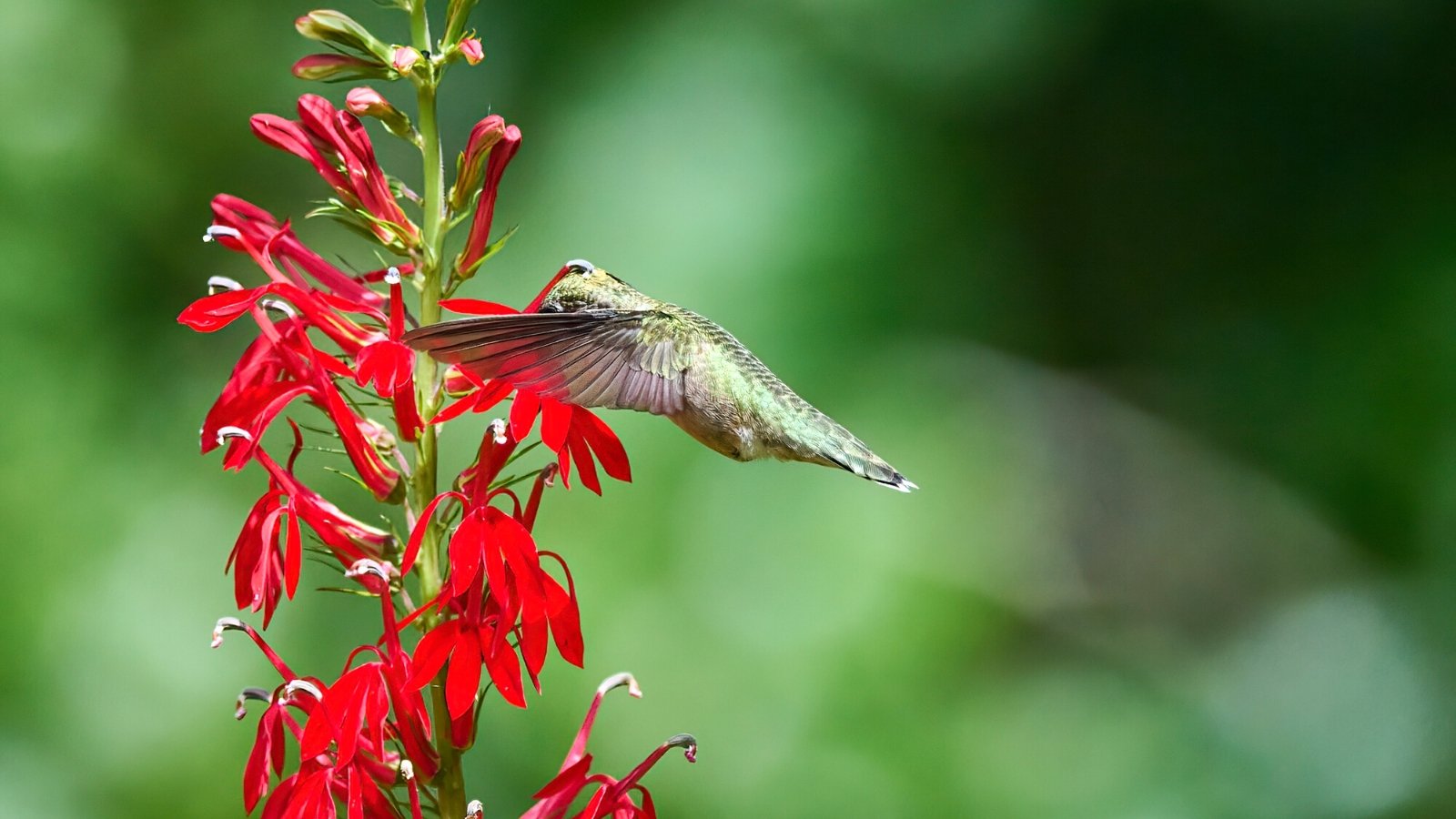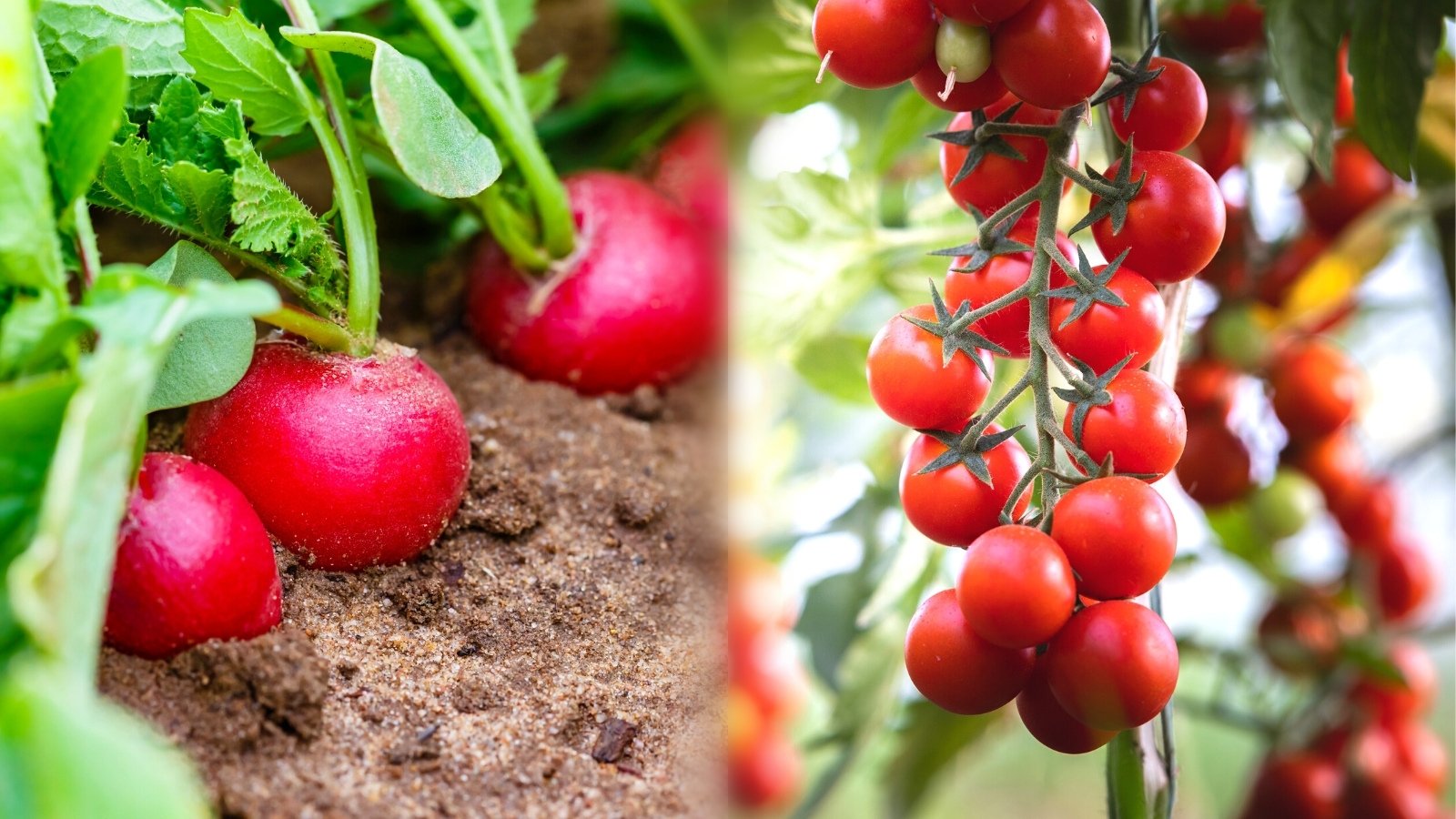Guzmania is a genus of over 120 species of flowering plants in the bromeliad family. There is another plant in this family that is edible and can be found in grocery stores all over the United States. That’s right, pineapples are also bromeliads! Just like a pineapple crown, the guzmania bromeliad flower stalk rises from the center of the plant. The flowers bear a similar appearance to the dark green leaves but tend to come in colors like bright red, yellow, orange, and white flowers.
These tropical plants will most often be grown as indoor plants but can be successfully grown in the great outdoors in USDA zones 10-12. In the United States, guzmania plants can be grown outdoors in places like Florida and Hawaii. Growing guzmania bromeliads is well worth it since the host plant will eventually put out bromeliad pups, leaving you with a virtually endless supply of baby plants.
Growing guzmania bromeliads is very simple and perfect for a houseplant novice. Here we’ll discuss how to replicate its natural environment indoors in a pot so that you can enjoy these tropical beauties in your home year-round. They do enter a dormant phase as the daylight hours shorten in winter in which they will not put out as much new growth.
Good Products At Amazon For Growing Guzmania:
- Safer Brand Insect Killing Soap
- PyGanic Botanical Insecticide (Pyrethrin)
- Neem Bliss 100% Cold Pressed Neem Oil
Quick Care Guide

| Common Name | Guzmania, Tufted air plant, Scarlet star |
| Scientific Name | Guzmania lingulata, Guzmania monostachia, Guzmania conifera |
| Family | Bromeliaceae |
| Height & Spread | 2ft tall and wide |
| Light | Bright, indirect light |
| Soil | Rich, well-draining |
| Water | Keep the center cup ¼ full |
| Pests & Diseases | Spider mites, root rot, powdery mildew |
All About Guzmania

Guzmania is an evergreen perennial native to Florida, the West Indies, southern Mexico, Central America, and northern and western South America. The genus is named after Spanish pharmacist and naturalist Anastasio Guzman. The plant dies after it produces flowers in the summer, but new plants are easily propagated from the pups that form as offshoots at the base of the mother plant.
Types Of Guzmania
As mentioned above, guzmania is a genus of over 120 species of flowering bromeliads, but we’ll focus on three of the most popular guzmania bromeliad varieties grown indoors. The three most common guzmania plants are monostachia, conifera, and lingulata, with lingulata being the most popular and widely available of the three. Outside of these, there are plenty with varying foliage and blooms ranging from yellow to green, and even red and pink.
- Guzmania monostachia, also known as West Indian tufted air plant, generally has green foliage and red bracts.
- Guzmania conifera has a bright orange and yellow pine-cone-shaped flower head with deep green leaves.
- Guzmania lingulata, also known as the scarlet star, is probably the most popular guzmania and most widely available at big box stores.
Guzmania Care

Guzmania bromeliad is a very low-maintenance houseplant, making it ideal for a novice. It can tolerate being forgotten and underwatered and generally has no trouble bouncing back from the brink. However, if you’d like to get vibrant beautiful blooms, then it’s best to follow the care guidelines below.
Sun and Temperature
Guzmania plants prefer bright, indirect light, but can tolerate lower light than many other bromeliads. If a guzmania bromeliad fails to form a flower, it may be a sign that it is not receiving enough light. Growing guzmania bromeliads requires 6-8 hours of sunlight per day. Since guzmania bromeliad is native to tropical regions in North and South America it can only be reliably grown outdoors in USDA zones 10-12, like Florida or Hawaii. They do not tolerate temperatures below 60 degrees Fahrenheit and are happiest between 70-80 degrees. In all other areas, guzmania bromeliad will be an indoor houseplant.
Water and Humidity
You may be wondering how to water a bromeliad such as guzmania. The guzmania plant is technically an air plant, meaning it has trichomes on its leaves that absorb water and nutrients from the air. The small root system is only intended to hold the plant in place. Guzmania bromeliad has a central cup or tank in the middle which, in its native habitat, would be filled with rainwater and give the plant all the moisture it requires. As an indoor houseplant, you’ll need to keep the cup about ¼ full. In addition, it’s a good idea to flush out the cup every few weeks to prevent water from stagnating and harboring harmful bacteria and molds. Like other houseplants that originate from tropical regions, growing guzmania bromeliads requires moderate to high humidity. A plant humidifier nearby should do the trick if your household humidity levels are too low.
Soil

Selecting soil for your guzmania plant is very easy. Soil mixes made specifically for bromeliads are readily available and provide the perfect potting medium for your new plant. Guzmania bromeliads prefer well-draining soil, which this special blend of soil can achieve. You may also choose to add stones to the bottom of the pot to help increase drainage. You can create your own guzmania bromeliad potting mix by combining equal parts vermiculite, bark, and peat moss (or coco coir). When creating your own soil mix be sure that it falls in a neutral ph range as most guzmania bromeliads do not tolerate acidic soil (although guzmania scarlet can tolerate slightly acidic soil). Add some additional organic matter to increase the fertility of the potting medium.
Fertilizing Guzmania Plants
Fertilizer is not necessary with guzmania bromeliad at all. However, if you’d like to increase the size of the blooms, you can lightly fertilize every two weeks during the spring and summer growing season with a diluted liquid fertilizer just as the bloom begins to form.
Pruning
You will only need to prune the guzmania plant after the mother plant has completed its bloom cycle and the flower begins to fade and die back. Remove the bloom at its base as close to the cup as possible. This will allow energy to be focused on producing pups which can then be propagated, and the cycle begins again.
Guzmania Bromeliad Propagation
Most bromeliads produce pups which are essentially baby bromeliads that grow alongside the mother plant as tiny offshoots. They can be dug up and repotted. Bromeliad repotting is quite simple. Once the mother plant begins to die back (after it has bloomed) and the pups are a few inches tall, simply cut back the parent plant to the soil level and dig up the pups being careful not to damage the guzmania roots. Then place them in a 4-6 inch pot with your preferred potting mix where they will grow to maturity, flower, produce their own pups, and then die.
Troubleshooting

This is a very easy houseplant to care for and is ideal for offices and other areas with low light. As mentioned above, you can forget to water it and not do much damage. However, there are a few issues that could arise.
Growing Problems
This is a houseplant that is particularly susceptible to being loved to death. Too much water, fertilizer, or direct sunlight can kill a plant. However, when provided with the right growing conditions, it will thrive. Keep in mind that in its native range, it is generally an understory plant in a tropical forest. It does best with dappled light and survives on water received through its foliage which can be absorbed by keeping water in a cup or tank nearby. Full sun or more light than is needed will damage the colorful bracts. Because of their special watering method, issues can arise when using tap water to care for your guzmania. If your tap water has a high concentration of salts, they can build up and cause issues on the foliage. If possible, use distilled water on this plant. Guzmania also tends to be very top-heavy, and in combination with its shallow root system, it can fall over. For this reason, it’s best to place it in bromeliad soil in a heavy terra cotta pot.
Pests
As with most indoor houseplants, bromeliad care indoors means spider mites can be a pest problem. These mites prefer warm temperatures and a dry environment with low humidity. A good preventative method to avoiding spider mites during bromeliad care is to keep the area around your houseplants humid, the potting mix moist, and temperatures lower. The first signs of mites will be tiny holes in the leaves or small yellowish spots on the foliage. You may even notice tiny web clusters on the leaves as well.
If spider mites have already appeared, but there is little to no damage to the plant then they can likely be manually removed with a forceful spray of water or wiping down your plants with a damp cloth. If the infestation is more serious, then insecticidal soap or the organic insecticide pyrethrin spray can be effective at eliminating all the spider mites.
Diseases
Overwatering causes most of the main disease problems for your new bromeliads and also contributes to root rot along with other fungal diseases. The symptoms of root rot will appear as a soft mushy stem, wilting, and of course rotten roots. This type of rot is harder to recover from but can be remedied if there are still fresh, white roots that have not yet turned to mush in the pot. Cut back the rotted roots and replant the plant into dry soil in a sterilized pot if possible.
Powdery mildew is another fungal issue that can plague your plants. It appears as a white flour-like powder on the tops of the leaves. Neem oil can be sprayed as a preventative measure, but once discovered it is best to remove and destroy infected plant material to prevent it from spreading to nearby healthy houseplants.
Frequently Asked Questions

Q: How do you take care of a Guzmania?
A: Indirect light, don’t overwater, high humidity, flush the central cup regularly, remove spent blooms, and separate pups for more plants.
Q: Is Guzmania an indoor plant?
A: Yes, this will be an indoor plant unless you live in a tropical region or USDA growing zones 10-12.
Q: How long do Guzmania flowers last?
A: Flowers can last for 3-6 months.
Q: How often do you water Guzmania?
A: Mist once or twice per week, and change the water in the cup every few weeks. Two weeks to three weeks is best.
Q: What do Guzmania symbolize?
A: Guzmania symbolizes the Brazilian wilderness and is said to capture the blessings from above (water and sunlight) and store them.
Q: Should I cut the dead flower off my bromeliad?
A: Yes, prune back spent blooms to encourage your plant to produce pups.
Q: How big do bromeliad Guzmania get?
A: 2 ft wide by 2 ft tall.
Q: Is Guzmania easy to grow?
A: Yes, these tropical beauties are very easy to care for making it a great beginner houseplant. Maybe it’s time for you to grow your first guzmania?














